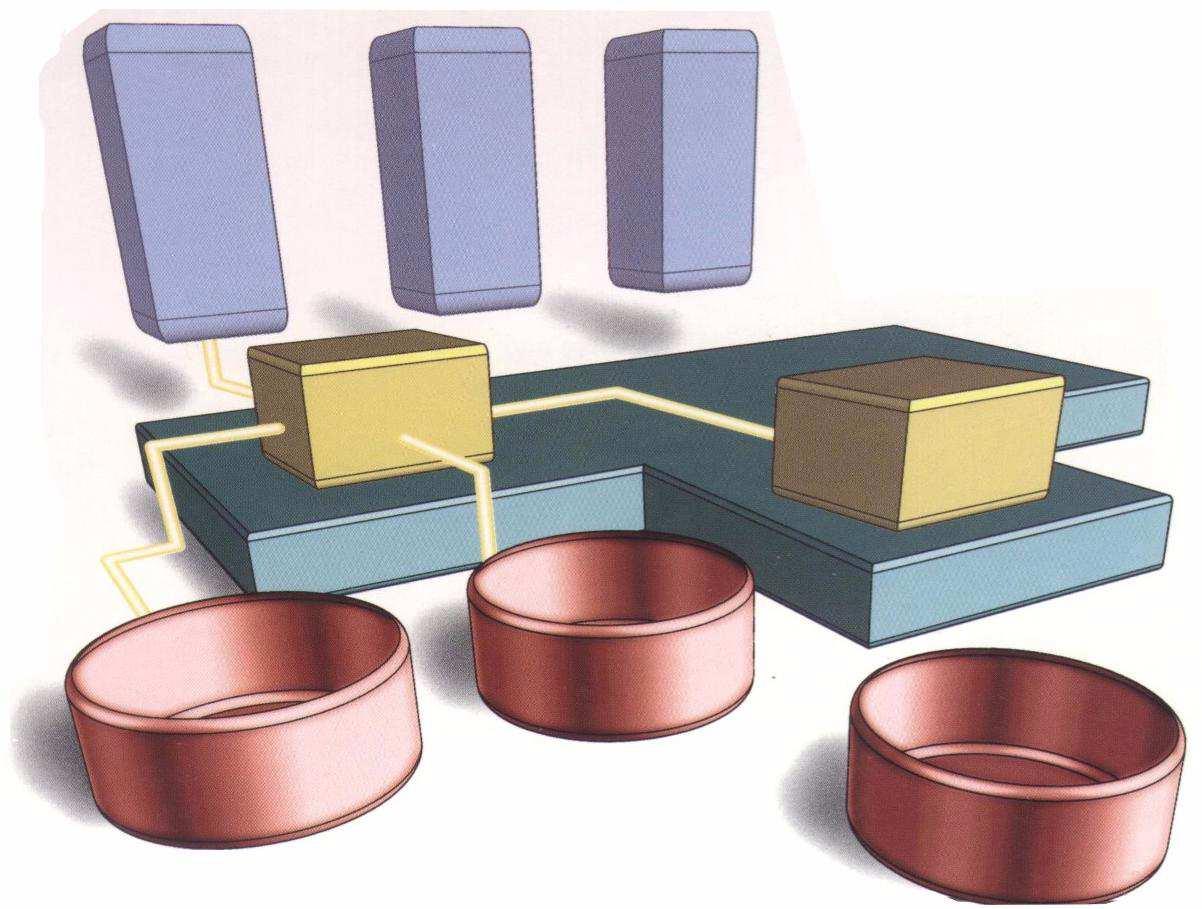Abstract
Privacy-preserving record linkage (PPRL) supports the integration of person-related data from different sources while protecting the privacy of individuals by encoding sensitive information needed for linkage. The use of encoded data makes it challenging to achieve high linkage quality in particular for dirty data containing errors or inconsistencies. Moreover, person-related data is often dense, e.g., due to frequent names or addresses, leading to high similarities for non-matches. Both effects are hard to deal with in common PPRL approaches that rely on a simple threshold-based classification to decide whether a record pair is considered to match. In particular, dirty or dense data likely lead to many multi-links where persons are wrongly linked to more than one other person. Therefore, we propose the use of post-processing methods for resolving multi-links and outline three possible approaches. In our evaluation using large synthetic and real datasets we compare these approaches with each other and show that applying post-processing is highly beneficial and can significantly increase linkage quality in terms of both precision and F-measure.



